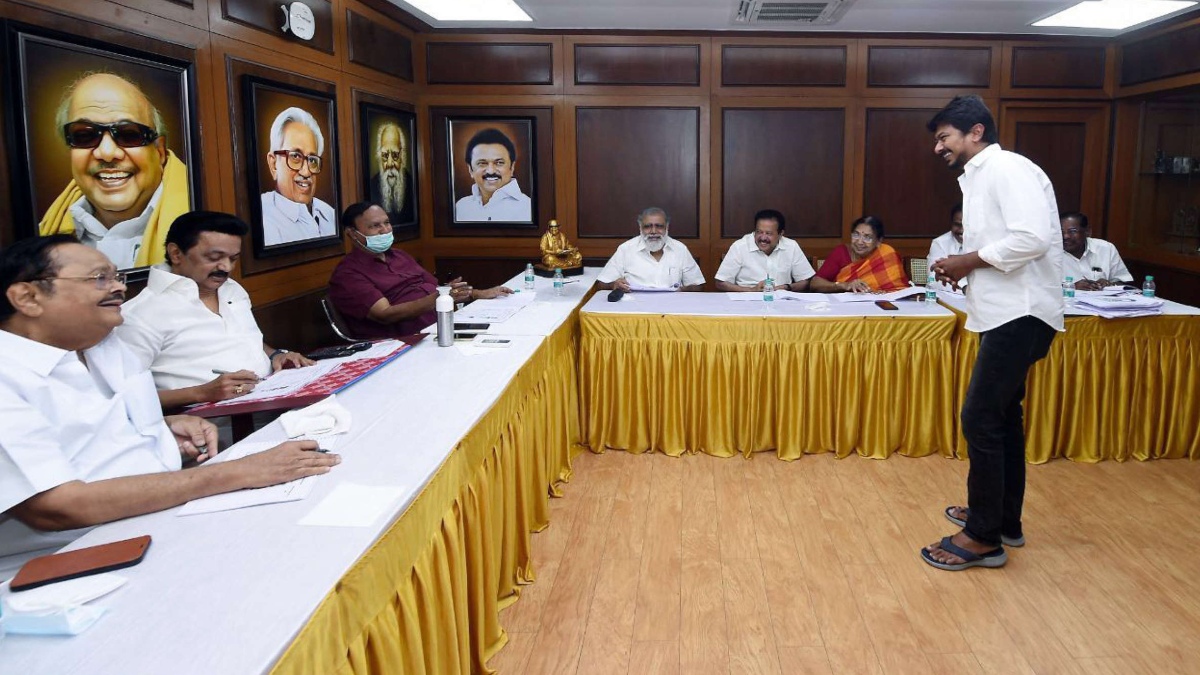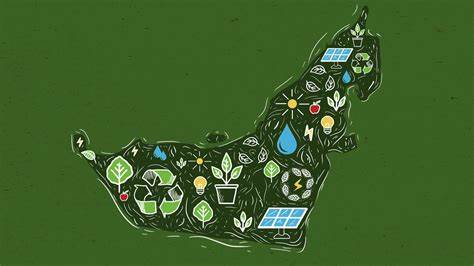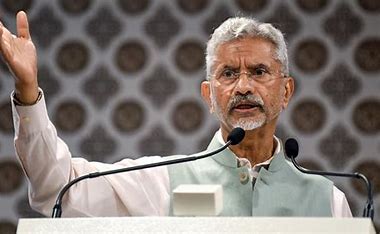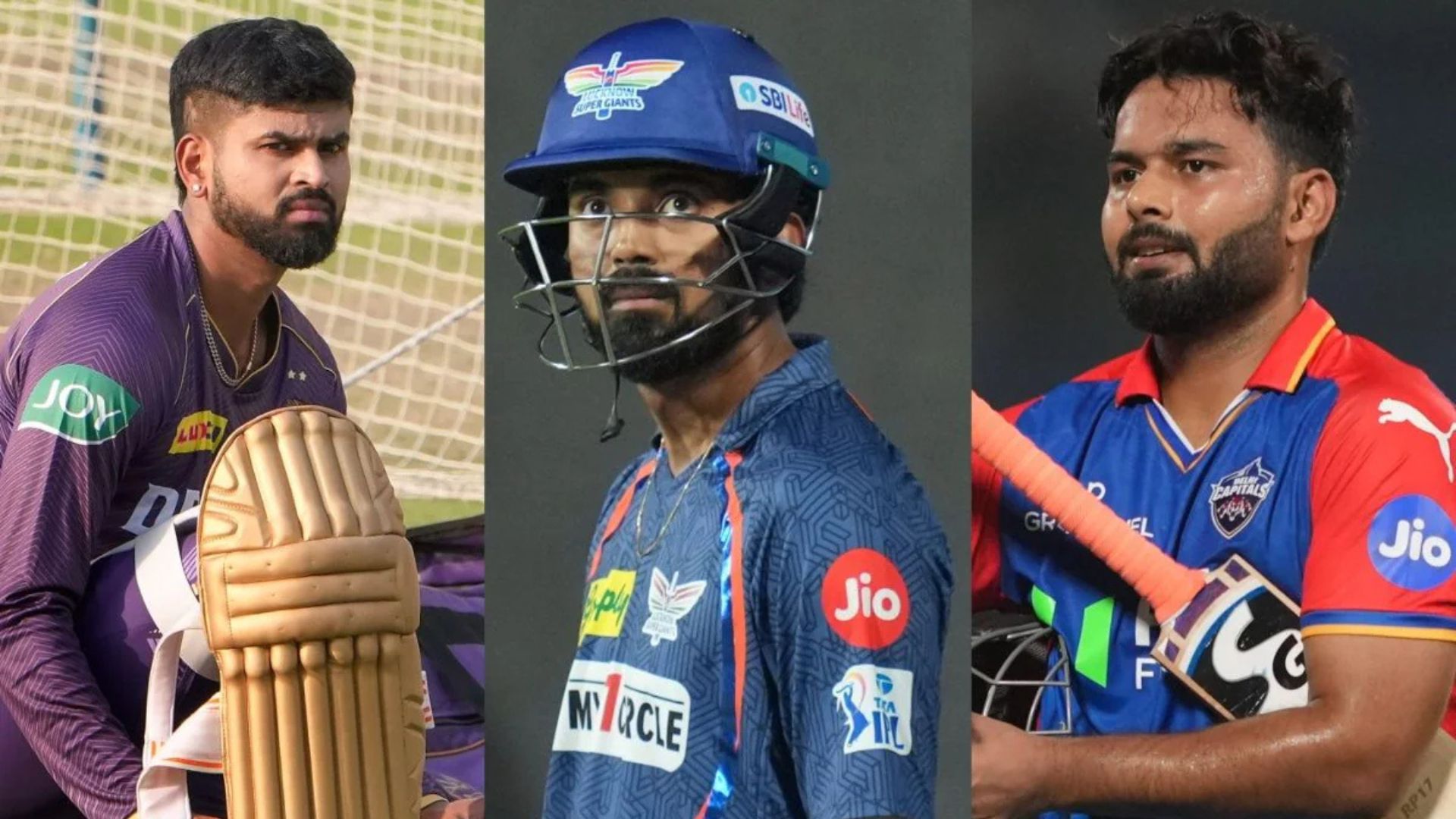
As the Southern fort of the Dravidian forces readies to host a battle royale for the April 6 Tamil Nadu Assembly elections, the two formations—the ruling AIADMK and the challenger in a resurgent DMK—have finalised their alliances and are accelerating electioneering, from candidate selection to campaigning.
Heating up the political atmosphere in the state is the country’s famed and feared election-winning machinery of the ruling Bharatiya Janata Party (BJP) at the Centre that has tied up with the ruling AIADMK in a serious bid to plant itself in a territory that it has found very hard to penetrate so far. The perception that the BJP was ‘remote-controlling’ the Edappadi Palaniswami government in Tamil Nadu does not bode well for the alliance at the hustings.
In fact, the DMK in opposition, is trying its best to build this perception and weave in Tamil pride as well as a key poll plank, other than raising the emotional issue of language, now and then, and in the process, sell itself as the protector of Tamil culture and its rich heritage.
On paper, as of now, the DMK-led rainbow alliance comprising the Congress, the Left, Dalit party Viduthalai Chirutaigal Katchi, minority party IUML, Kongunadu Makkal Katchi, and a couple of smaller parties, stands a pretty good chance as it was more or less the same formation that swept Tamil Nadu in the 2019 Lok Sabha general elections.
So, for the BJP and its famed and feared election-winning machinery, its serious bid to enter Tamil Nadu could hit the South Wall of Tamil Nadu. In fact, even at the height of Prime Minister Narendra Modi’s popularity across the country in both the 2014 and 2019 Lok Sabha elections, the BJP could make little headway here.
But now, with an alliance with the ruling AIADMK in the state, the BJP hopes to penetrate electorally. For the record, the AIADMK has on its platform, the BJP, Vanniyar casteist party Pattali Makkal Katchi, Captain Vijayakanth of DMDK, and a few smaller entities, which together form a formidable force but is trailing the DMK which has the momentum of the recent Lok Sabha electoral victory with it. Can the BJP, which has perfected the art of winning elections, help its ally cross the finish line as it managed to get Bihar Chief Minister Nitish Kumar victory in a fiercely contested close election?
However, Tamil Nadu is an entirely different state and its political dynamics are radically different from those operating in other states. Unlike in most states, no national party enjoys either popularity or the trust of the voters, and two strong regional forces, the AIADMK and the DMK, dominate the political arena. The national parties have to play ball with either of the Dravidian forces to stay relevant and be satisfied with whatever political space they are allowed by their senior partner.
Even this time around, both the BJP and the Congress, alliance partners of the AIADMK and DMK, respectively, have to be satisfied with the 20 and 25 seats, respectively, out of a total of 234—the polling for which will take place in a single phase on April 6.
Despite its strong-arm tactics, and as per local perception that the BJP is remote-controlling the Edappadi Palaniswami government, it had to rest content with a mere 20 seats. Even that is too many seats, locals feel, as the BJP has never had a big showing in the state Assembly. In most Assembly elections, the BJP candidates have more often than not lost their deposits. The fate of the Congress is slightly better, though its poor strike rate dented the DMK’s prospects of capturing power in the 2016 elections. Out of the total 41 seats it contested then, the Congress won a mere 8 and was seen to have pulled down the alliance.
Which is why this time around, the DMK had its way and pegged the number to 25, and it is contesting 174 seats on its own as per the seat-sharing agreement reached with its alliance partners. It has left 6 seats each to the two Left parties, Dalit party VCK, 3 to IUML, and one each to other smaller parties.
Meanwhile the ruling AIADMK, which gave 23 seats to casteist Pattali Makkal Katchi and 20 seats to the BJP, suffered a jolt after actor-turned-politician Vijayakanth walked out of the alliance after he felt slighted by the small number of seats offered to him. In fact, if his absence in the Jayalalithaa camp in 2016 helped her win, this time around, his absence may cost the ruling alliance dearly. In fact, the AIADMK vote share fell sharply to less than 20 in the Lok Sabha elections of 2019 and the DMK has gained significant ground. Surely, the AIADMK can do with all the support it can get to take on the DMK, as it is also battling 10 years of anti-incumbency.
For the record, it must be said that Chief Minister Edapaddi Palaniswami has managed to perform well, holding onto the government and delivering good governance, especially in the handling of the pandemic. But since the gap between him and the Stalin-led DMK is so huge, he will have to do major catching up between now and the polling date.
Now, the battle is becoming intense given the humongous resources and its election machinery pressed into service by the BJP to help its ally retain the state. Already, Prime Minister Narendra Modi and Union Home Minister Amit Shah have done one round of campaigning in the state, and more high-profile visits are planned. Many influential senior cabinet ministers and BJP leaders and star power will be unleashed in Tamil Nadu in the days to come. But, will this help the AIADMK script history by scoring a hattrick?
For the present, the reports from the ground and pre-poll surveys are pointing to a DMK victory, indicating that Tamil Nadu could be one state that may well see the Prime Minister’s popularity not translate into an electoral victory for his alliance. Well, it must be remembered that in Tamil Nadu and Kerala, former AICC president Rahul Gandhi has enjoyed higher popularity than Prime Minister Modi.
This time too, Rahul Gandhi’s mass contact programmes drew enthusiastic crowds and his novel interaction with the fishing communities and the youth have had the BJP complaining to the Election Commission, indicating that he hit the bull’s eye. The Congress has also reconciled to the fewer number of seats and has resolved to improve its strike rate, over which it had little control given the fact that the DMK vote was not always transferred to it entirely in the elections.
For the BJP, it is surely an uphill battle in a state where the Modi wave failed to work its magic both in 2014 and 2019. In 2014, it was Amma who halted the wave at the Tamil Nadu borders, and in 2019, Stalin swept the Modi wave away from Tamil Nadu, winning all but one of the 39 seats on offer in the state, along with his alliance partner, the Congress.
Of course, State Assembly elections are an entirely different kettle of fish and one cannot transplant the Lok Sabha results and translate them into Assembly results. The local politics and alliance dynamics are different, as are the nature of contests.
The X-factor in the current Assembly polls is the presence of two political formations in the making—a small grouping led by actor-turned-politician Kamal Haasan and rebel AIADMK leader T.T.V. Dhinakaran and his Amma Makkal Munnetra Kazhagam. These two formations, still in the making, have announced entering the fray. Then there is Captain Vijayakanth, who will either tie-up with Dhinakaran or go with someone else. These third and fourth fronts are still works in progress.
But they sure do introduce an element of suspense in that they can cut both ways and hit either the DMK or the AIADMK vote banks. Captain Vijayakanth and his men, angry with the AIADMK, have vowed to defeat them. His party’s candidates will be content just by defeating the AIADMK, even though they may not win.
Even with the presence of these sundry political entities, the battle for Tamil Nadu has, and continues to be, essentially a two-horse race between the two Dravidian parties.
The author is a senior journalist tracking social, economic, and political changes across the country, with emphasis on South India. The views expressed are personal.















